Orthodontics
What is Orthodontics?
Orthodontics is a science that deals with the direction of the teeth or their movement by improving function and aesthetics.
Orthodontic treatment can only focus on tooth displacement or deal with facial growth control and modification.
It can also help to cure long-term health of your teeth, gums, and jaw articulations, spreading severe pressure on your entire teeth.
In severe disorders that may be part of the craniofacial anomaly, management often requires a combination of orthodontic capsizing or reverse face masking and / or jaw surgery or orthognathic surgery.
What does our clinic offer?
The ISUFI ROYAL DENTAL Clinic offers you all kinds of orthodontic treatments, including children, adolescents, adults, all ages. Also including different cases with abnormalities that are solved in collaboration with the orthodox doctor. Aurora Isufi and the surgeon Prof. Dr. Ramazan Isufi and Dr. Renato Isufi. Where initially the patient is subjected to orthodontic treatment by the orthodontic doctor and then the subject underwent surgical treatment under hospital conditions under the effect of general anesthesia at the state hospital “FRANCEZ, NENE TEREZA”. Also, other cases which, if they require oral surgery, can be performed by local anesthesia at our clinic.
Who deals with orthodontic treatment?
Orthodontic treatment requires a specialist orthodontist in this field, and it is the one who can provide you with the right treatment to solve various problems and abnormalities.
Why do we need an orthodontic treatment?
Many people have a tooth problem, including dental problems (their distortion), or the upper teeth are more out of the reach and give a disgusting appearance, deep bite cases, open bite, criss-crossing, and anomalous abnormalities including facial deformities or deformations of the jaw, which causes the teeth to look trimmed and a facial aesthetic flawless.
When the teeth are not well-closed during mouth closure, both the jaw muscles and the temporomandibular articulation can cause pain and may lead to other pathologies that may accompany you throughout your life.
In this way, orthodontic treatment allows us to have good teeth with each other and their direction, making them easy to clean and a nice smile
Also in more severe cases with anomalous co-operation of the orthodontist with the surgeon lead to the improvement not only of the direction of the teeth but also of the facial aesthetics, ie the regulation of the deformed jaws.
At what age should orthodontic treatment be started?
In the past, orthodontic treatment was used more in adolescence, where all the teeth had gone. But today the situation is different, orthodontic treatment can begin:
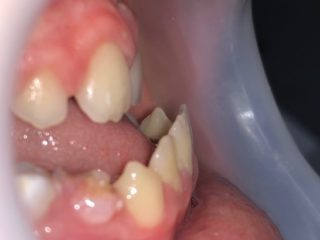
Early Childhood: Orthodontic treatment can begin in childhood, what is called interceptive therapy, which allows the solutions of dental preobloms and especially those with jaw abnormalities, which allows us to benefit from the process of growth of the jaw bone to orient the teeth in their exact position. The main purpose for an orthodontist is to start treating the child at an early age and lead the growth of the jawbone and to create the optimal environment for the permanent teeth outbreak. This can prevent the development of more serious problems in the future and may make treatment at a shorter and less complicated later age. Early treatment does not apply to all orthodontic problems. However, it may help in some cases:
-The growth of the jaw in the direction and the size of the win
-Despite more serious problems from development
-Take the risk of advanced tooth damage
-Reference of treatment time and complexity at later age
-Minimize the need for jaw surgery
-Minimize the need for permanent teeth extraction
– Correct harmful oral habits (ie finger suction, tongue absorption, and mouth breathing)
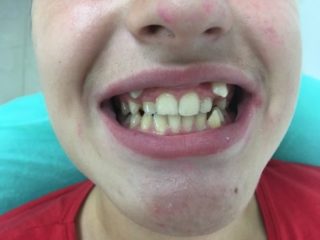 Teenagers: If they do not have problems requiring early intervention, orthodontic treatment is more effective at this age, since all permanent teeth have come out and most of the jaw development has ended.
Teenagers: If they do not have problems requiring early intervention, orthodontic treatment is more effective at this age, since all permanent teeth have come out and most of the jaw development has ended.
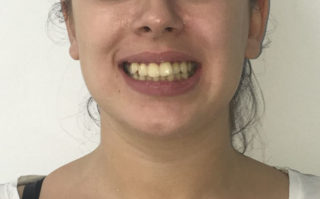 Adults: Orthodontic treatment in adults generally requires more time especially when it comes to serious cases that require cooperation with the surgeon for not only dental correction but also correction of the jaw.
Adults: Orthodontic treatment in adults generally requires more time especially when it comes to serious cases that require cooperation with the surgeon for not only dental correction but also correction of the jaw.
What are the first steps that require an orthodontic treatment?
Initially, patients are required to look at the graph including Panoramex, Lateral Diagnosis (Cephalometry), Anterior-Graft Diagnosis (in cases where we notice that the patient has anomalies including deviations) or some other special case graph.
Measures are then taken to study models to determine if we have a transverse, sagittal problem, whether or not there is room for the direction of the teeth, etc.
Performing the analysis through graphs to see who came this problem. If we have only dental or even skeletal problems.
Examining all these diagnostic data allows us to develop a predictable plan as well as an efficient and safe treatment. After the diagnosis and preparation phases have been completed, a fixed or mobile orthodontic device (depending on the age of the patient) is used to enable tooth and jawbone movement to be ideal.
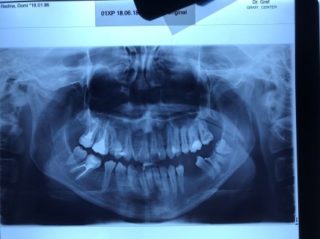
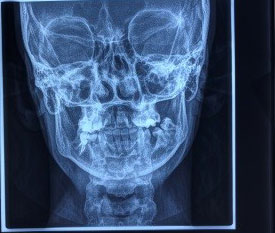
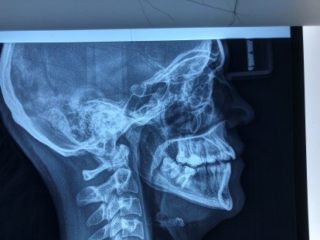

Do you require orthodontic treatment of extraction of the teeth?
We are born in newborns who in some cases perform other dental interventions, one of them is to facilitate the collection of teeth by directing them. If the jaws are large, orthodontics makes it easier to use the appliance to direct the tooth. If the jaws are narrow, they do not have a considerable space to move the teeth to their normal position, and in this way we need to use extender so as to create space and match between the jaws.
n adults this process does not work after the age of growth has ended. Tooth management can improve something called “lips position”. If a jaw is a size other than the other, the mouth will not fit properly and the teeth will not treat the food effectively. Undecided teeth affect the shape and length of the face, too, and may contribute to sleep apnea. For all these reasons, orthodontists use a number of methods to solve the problem. If we have large dental deposits, we need to take the toothache away from the premolaret to create the spaces, so that the teeth can go to their position.
What are the types of devices we can use?
Orthodontic treatment can be accomplished by many types of devices:
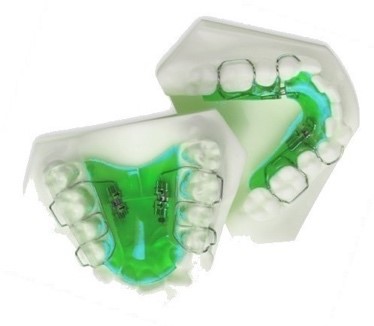
Moveable Apparatus
The mobile device is a device that is prepared in the laboratory and then applied to the patient’s mouth. The appliance can be removed and placed by the patient. There are phones that are mostly used in children. Through its constituent elements such as springs, screws, resin plates, wire arches, etc., make it possible to use light toes.
Functional device
Functional appliances are the appliances that are used in children who are in the growth period. These devices affect the growth of the jaw by exercising strength in the jaw muscles, helping us solve some problems.
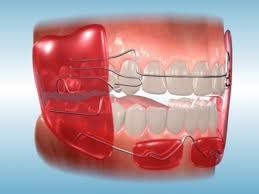
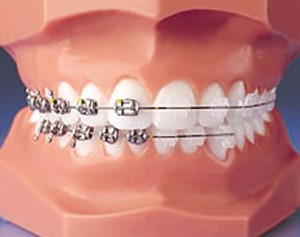
Fixed Appliances
Fiber-optic devices are metal or ceramic devices (invisible) that consist of braces, tubes or gangs that are placed in the pacifier’s teeth and are not removed while the patient is in treatment. At the same time, the wire arcs that are replaced at almost every session and the elasticity make it possible to have a correct lining of the teeth.
Aligners
Aligners are invisible devices that are often preferred by the patient, which are used for the direction of the teeth. Aligners should be held 22 to 23 hours a day for the best results. They can be removed easily during the meal, and when to news the tooth.
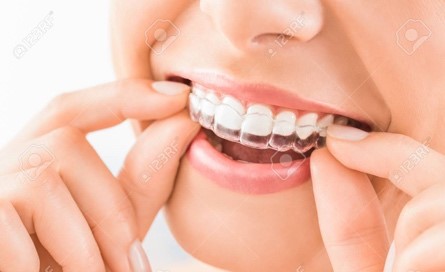
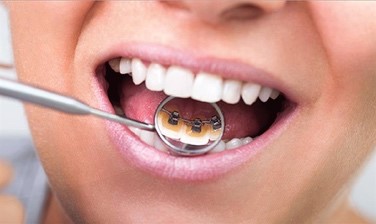
Lingual apparatuses
The lingual appliance is a fixed camera consisting of brakes, gangs, wire arches such as elastics placed on the inside of the jaw so that the appliance does not appear. This device provides a very good direction of the teeth
As well as other handsets that, besides assisting in the direction of the teeth, make it possible to regulate abnormalities and allow for the removal of vices that the child may have.
How long does the treatment time last and how many visits are needed during the treatment?
The duration of the trial depends on how serious the problem is and may take several months to two years or in some cases and more. But most patients may require 1 to 2 years
During orthodontic treatment it may be necessary for the patient to appear every 3, 4 or 6 weeks for activating the appliance. in special occasions even more frequent. The doctor will let you know about the next meeting.
Is the appliance painful?
All the devices may seem startling at first and may cause embarrassment. Often they can be accompanied and difficult to speak, and within the first 24 hours the teeth may be less sensitive. But afterwards the concerns will be eliminated and the environment with the appliance will be quick.
How can you care for the camera and the teeth during the treatment?
The first step you need to do is follow the doctor’s appointments and counseling. You should care for the appliance by removing strong foods or foods with more sugar and sticky foods that can cause damage to the teeth and the appliance. Also, a better oral hygiene (which is the key to treatment) is required. And you have to clean them every day especially during the night, and carefully, because the brakes are delicate and can be fired. Your doctor will advise you on how to perform a tooth extraction procedure, as well as the type of strong fluoride paste you can use or the use of a mouthwash gargle.
What happens when the treatment ends (tooth management) and is it permanent?
When the treatment finishes, the teeth should be kept in their reach. In this way the patient is provided with what is called a retainer which can be fixed or movable. And their use is made according to the instructions given by the orthodontist to the patient. During this period the teeth are held in the retention, there is the possibility to have small movements of the teeth throughout the life, so no guarantee can be given, as it also depends on the patient in holding the retainers. However, it is unusual for the teeth to change as much as necessary for another treatment.
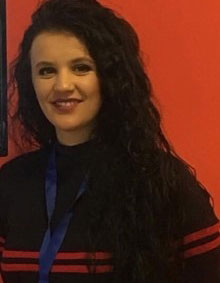
Dr. Aurora Isufi
(Ortodonte)
© Copyright 2018 – ISUFI ROYAL DENTAL. All rights reserved. Designed by EROL DIGITAL AGENCY. | Privacy Policy

